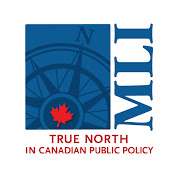Google also notes that this kind of watermarking works best when there is a lot of “entropy” in the LLM distribution, meaning multiple valid candidates for each token (e.g., “my favorite tropical fruit is [mango, lychee, papaya, durian]”). In situations where an LLM “almost always returns the exact same response to a given prompt”—such as basic factual questions or models tuned to a lower “temperature”—the watermark is less effective.
A diagram explaining how SynthID’s text watermarking works. Credit: Google / Nature
Google says SynthID builds on previous similar AI text watermarking tools by introducing what it calls a Tournament sampling approach. During the token-generation loop, this approach runs each potential candidate token through a multi-stage, bracket-style tournament, where each round is “judged” by a different randomized watermarking function. Only the final winner of this process makes it into the eventual output.
Can they tell it’s Folgers?
Changing the token selection process of an LLM with a randomized watermarking tool …









![Deep Sentinel DS2 review: Security cams backed by live guards [Video]](https://aimarketingshowcase.com/wp-content/uploads/2024/12/mp_562112_0_DeepSentinelDS2mainECpng.png)
![Microsoft follows Google with price bump, forced AI 365 bundles [Video]](https://aimarketingshowcase.com/wp-content/uploads/2025/01/mp_578252_0_DellInspironlaptopkeyboardcloseupwithCopilotkeyjpg.jpg)

